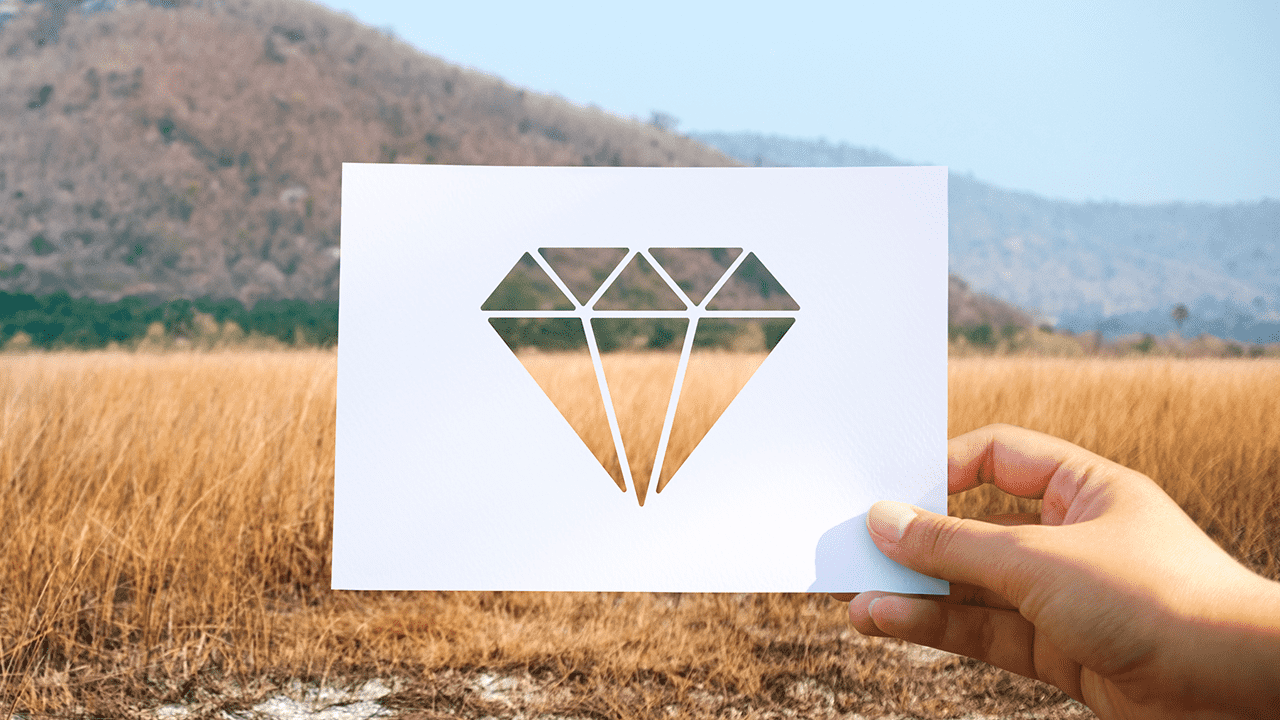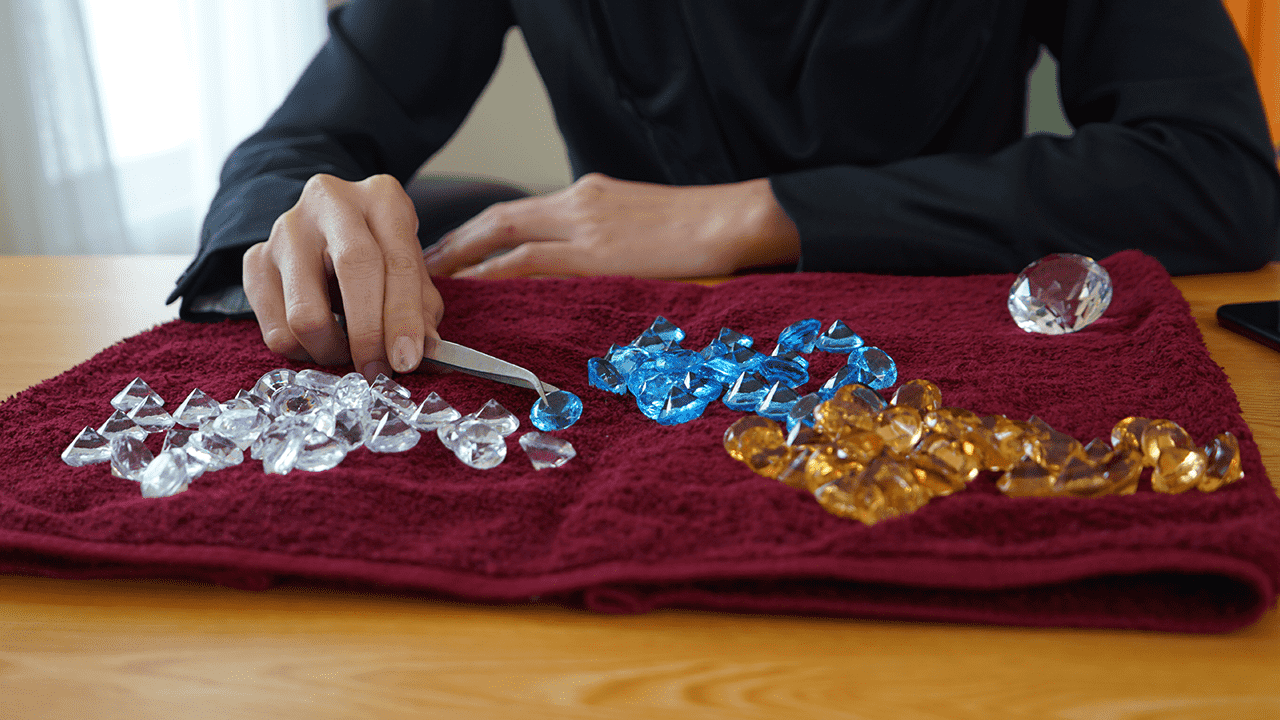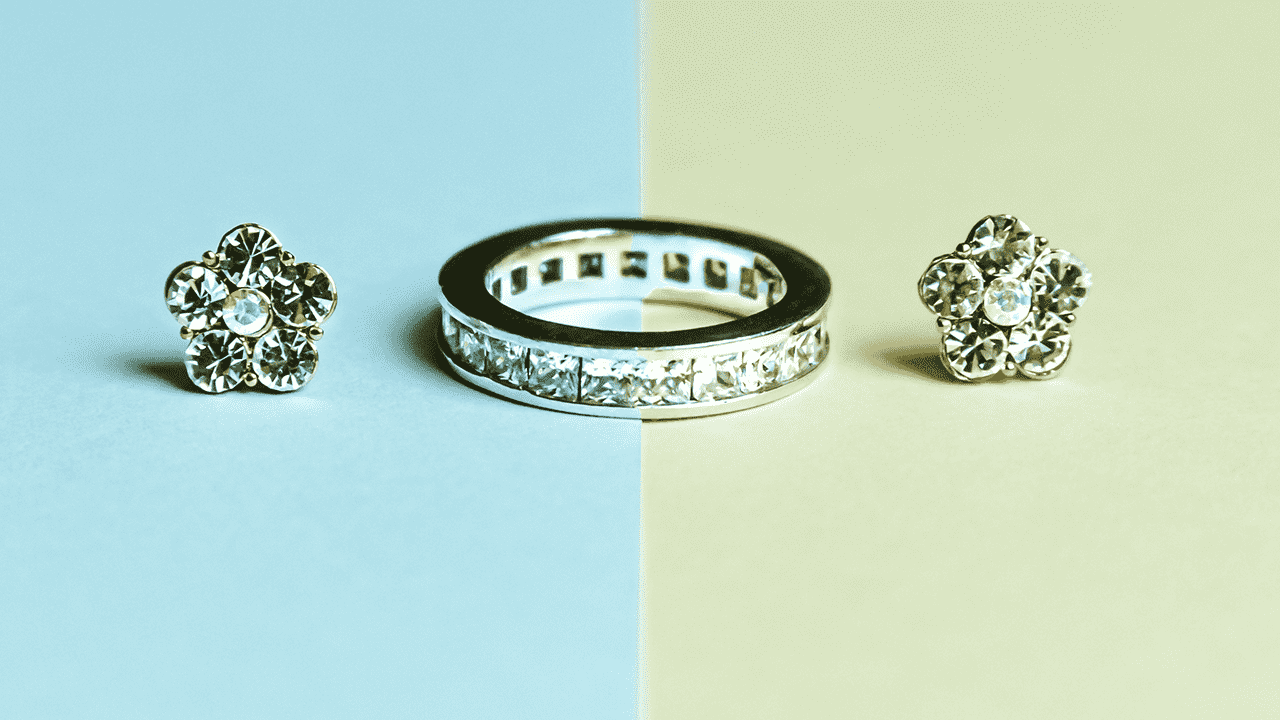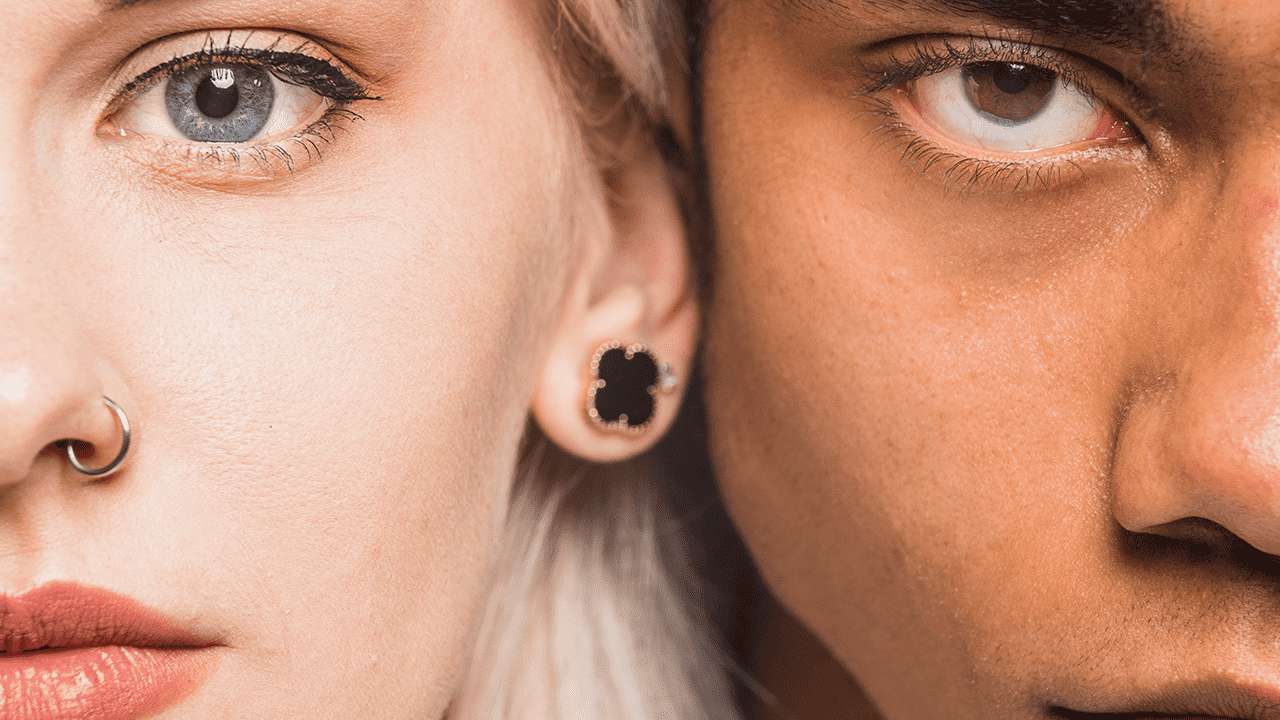A diamond isn’t just a gem it’s a story of timeless beauty, commitment, and luxury.
Whether you’re shopping for an engagement ring, a statement necklace, or an elegant pair of earrings, understanding what makes a diamond truly valuable is essential. At its heart, a diamond symbolizes rarity and everlasting love but to make a smart investment, you need more than sentiment.
This ultimate diamond guide breaks down the key elements every buyer should know from the legendary 4Cs to diamond shapes, certifications, and insider shopping tips.
Whether you’re a first-time buyer or a seasoned collector, this guide will help you shine with confidence.
Read about diamonds



What Makes a Diamond Valuable? The 4Cs Explained
The global diamond industry revolves around four powerful factors that determine quality and price: Cut, Color, Clarity, and Carat.
- Cut
The most important “C.” A well-cut diamond reflects light brilliantly, giving it that signature sparkle. Ideal cuts, such as the round brilliant, maximize brilliance and fire. - Color
The less color a diamond has, the higher its value. The color scale ranges from D (colorless) to Z (light yellow or brown). Most buyers prefer the near-colorless range (G-H) for value and beauty. - Clarity
Measures internal flaws (inclusions) and external blemishes. The clarity scale ranges from Flawless (FL) to Included (I1, I2, I3). Most imperfections are microscopic, so clarity often depends on personal preference.
Carat Weight
Refers to a diamond’s weight, not size. A 1-carat diamond is often seen as the benchmark, but even smaller stones can be incredibly stunning with the right cut and setting.
Diamond Certification: Why It Matters
Always ask for a certified diamond from a reputable gemological lab such as:
- GIA (Gemological Institute of America)
- IGI (International Gemological Institute)
- AGS (American Gem Society)
These certificates verify your diamond’s 4Cs and prove authenticity. It’s the only way to guarantee you’re getting what you paid for.


Natural vs Lab-Grown Diamonds: What’s the Difference?
- Natural Diamonds: Formed over billions of years beneath the earth’s surface.
Rare and valuable. - Lab-Grown Diamonds: Created in controlled environments.
Chemically identical, more affordable, and eco-friendly.
✨ For budget-conscious or sustainability-minded shoppers, lab-grown diamonds are a brilliant alternative.
🛒 Where to Buy Diamonds: Online vs In-Store
- Online Stores: Often offer better prices, broader selection, and customization tools. Trusted names include Blue Nile, James Allen, and Brilliant Earth.
- In-Store Retailers: Allow hands-on viewing and in-person advice. Ideal for those who prefer a tactile experience.
Always check for return policies, warranties, and lifetime cleaning services before you buy.
🧼 Diamond Care & Maintenance Tips
To keep your diamond shining:
- Clean regularly with warm water, mild soap, and a soft toothbrush.
- Avoid harsh chemicals and remove jewelry during workouts or chores.
- Schedule annual professional cleanings and inspections.
Your diamond may be forever—but its brilliance depends on how you care for it.

✨ Final Thoughts: Let Your Diamond Speak for You
Buying a diamond isn’t just about the sparkle it’s about the emotion, the meaning, and the story it tells. When you understand what to look for, every decision becomes part of something bigger: a legacy of elegance, love, and timeless beauty.
Whether you’re shopping for a proposal, a celebration, or a gift for yourself, this diamond guide ensures you make a brilliant, confident, and meaningful choice.
Visit Royalty website to choose the right diamond for your jewelry.

0 Comments